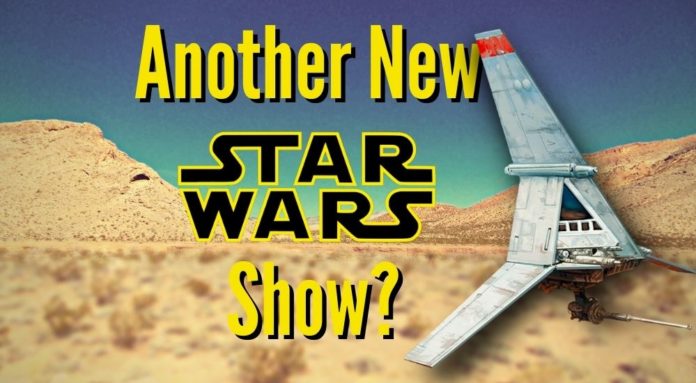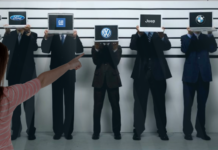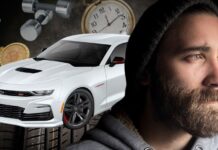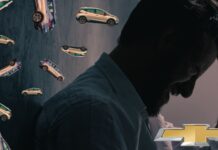Two of America’s most popular SUVs are vying for a place in an upcoming Star Wars spin-off that follows the post-film exploits of one of the series’ more obscure vehicles. While fans initially speculated that the series might focus on the Millenium Falcon, TIE Fighter, or, over the objections of every Disney lawyer, Boba Fett’s ship Slave I, the production company has decided to go in an unexpected direction with the latest project, commissioning a 12-episode season focused on a T-16 Skyhopper which never actually appears in the original film. Producers from Lucasfilm Ltd. confirm that the competition has come down to the 2022 Chevy Trailblazer vs the 2022 Honda HR-V, though both vehicles will be rendered virtually unrecognizable by Hollywood’s movie magic.
If you’re having trouble picturing the esoteric vehicle, congratulations: you’re not a nerd. For those in need of a refresher, the T-16 Skyhopper is a high-performance airspeeder used by childhood sociopath Luke Skywalker who, by his own admission, “used to bullseye womp rats in my T-16 back home”. Some argue that the quote alone should have landed Skywalker in front of a child psychologist, a point that’s only reinforced by the fact that within 4 days, the film’s “hero” would go on to murder over 1.5 million people with the destruction of the Death Star. Regardless, the fact remains that the vehicle is never actually pictured in any of the original films, save a small-scale model that Skywalker is seen playing with in an early scene from Episode 4.
While details are still scant, The Lemon has managed to obtain an early draft script from a disgruntled Lucasfilm employee in exchange for a detailed description of what a woman’s touch feels like. The series will not feature any major or minor Star Wars characters from previous film or television installments, focusing instead on the T-16’s later owner, a Sarlacc pit cleaner who purchases the landspeeder in an attempt to win over his teenage son following a bitter divorce. It’s odd territory for the sci-fi franchise, which eschews the high-flying space combat and dramatic lightsaber battles in favor of a touching portrait of domestic life, father and son dynamics, and antique speeder repair, though fans agree it’s still a drastic improvement over the tax law and trade union-based plot of Episodes 1, 2 and 3.
The new series follows a recent trend from George Lucas and Co, who seem content to mine the 40-year-old series for all its worth, teaming up with streaming services like Disney+ to ensure there’s always new Star Wars-related content on the market. From feature-length movies like Rogue One and Solo to streaming series that include The Mandolorian, The Book of Boba Fett, and Obi-Wan Kenobi, the trend doesn’t look to be slowing down anytime soon, though the new project makes it clear that producers are close to scraping to bottom of the Bantha milk barrel.
“When people complain about the rate at which we’re churning out new projects and the relative quality of said projects, I just like to remind them: this is not some sacred text. The original series was a poorly written pastiche of existing sci-fi content and Japanese samurai lore that George Lucas wrote after getting bombed on peach Schnapps when he got stood up for prom,” says Star Wars historian and certified virgin Micheal Bembecker.
Critics thought that Lucasfilm might have learned its lesson after the abortive attempt at a prequel trilogy around the turn of the millennium. They were wrong. While Lucas did manage to restrain himself for nearly two decades, taking a break from the galaxy far, far away to focus on ruining another beloved franchise with the debut of Indian Jones and the Kingdom of the Crystal Skull, that all changed when entertainment juggernaut Disney purchased the rights to the Star Wars franchise, kicking the mouse-powered money-making machine into overdrive
“People act like this was a pure cash grab, but that’s simply not true. It not only provided hours of valuable entertainment for kids and families alike, but it also helped address a troubling shortage in the number of mass-produced children’s toys in our nation’s landfills. I, for one, am proud of the fact that Porg plushies are now the structural backbone of America’s dumps,” says Jed Rathburn, merchandising consultant at Disney. The Solid Waste Association of North America was unavailable for comment.












